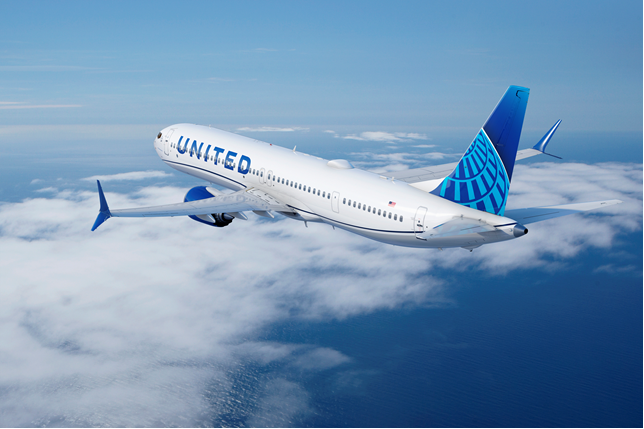Boeing 's 2022 Improving Scorecard
12 January, 2023
4 min read
By joining our newsletter, you agree to our Privacy Policy


Boeing has reported 774 commercial orders for last year after cancellations and conversions, including 561 orders for the 737 families and 213 orders for the company's twin-aisle aircraft.
Boeing delivered 69 commercial jets in December, including 53 737 MAX, bringing the total deliveries for 2022 to 480 aircraft.
Subscribe to the Airlineratings.com newsletter to get the relevant news first
World’s Top Twenty Safest Airlines 2023
NTSB Slams Ethiopian MAX Crash Report
Boeing Commercial Airplanes President and CEO Stan Deal said "we worked hard in 2022 to stabilize 737 production, resume 787 deliveries, launch the 777-8 Freighter and, most importantly, meet our customer commitments.
"As the airline industry expands its recovery, we are seeing strong demand across our product family, particularly the highly efficient 737 MAX and the 787 Dreamliner. We will stay focused on driving stability within our operations and the supply chain as we work to deliver for our customers in 2023 and beyond."
Commercial orders after cancellations and conversions include:
- 561 orders for the 737 MAX, adding new customers such as ANA, Delta Air Lines, IAG, and low-cost carrier Arajet.
- 213 orders for widebodies, including 114 787s, 31 767s and 68 777s
- 78 orders across Boeing's freighter line, including 45 orders for the 767-300 Freighter and current 777 Freighter
- Launching the 777-8 Freighter with more than 50 orders, including conversions
Commercial deliveries include:
- 387 737s, including 374 737 MAX and 13 military-derivative airplanes
- 93 widebodies, including 5 747s, 33 767s, 24 777s and 31 787s
- 44 new production freighters
As of Dec. 31, 2022, the Boeing Commercial Airplanes backlog is 4,578 jets.
About AirlineRatings.com
Airlineratings.com was developed to provide everyone in the world a one-stop shop for everything related to airlines, formed by a team of aviation editors, who have forensically researched nearly every airline in the world.
Our rating system is rated from one to seven stars on safety – with seven being the highest ranking. Within each airline, you will find the country of origin, airline code, booking URL and seat map information. The rating system takes into account a number of different factors related to audits from aviation’s governing bodies, lead associations, as well as the airlines, own safety data. Every airline has a safety rating breakdown so you can see exactly how they rate.
Over 230 of the airlines on the site that carry 99 per cent of the world’s passengers have a product rating. Given that low-cost, regional and full-service carriers are so different we have constructed a different rating system for each which can be found within each airline.
Airlineratings.com has information on over 30 types of aircraft from the latest Boeing 787 to the A380 and smaller jets.
Best of all, there are simple answers to many of the quirky questions including:
- “What are all those noises after takeoff and before landing?”
- “Why do you have to put the window shades up for landing and takeoff?”
- “What is a winglet and what is it for?
- “Why is it so costly to fly short distances?”
- “How often is an aircraft maintained?
- “How strong is a wing?”
- “How do they test aircraft”
- “How often do plane tyres need to be replaced?”
Next Article
Virgin gets nod for Tiger deal

Get the latest news and updates straight to your inbox
No spam, no hassle, no fuss, just airline news direct to you.
By joining our newsletter, you agree to our Privacy Policy
Find us on social media
Comments
No comments yet, be the first to write one.

